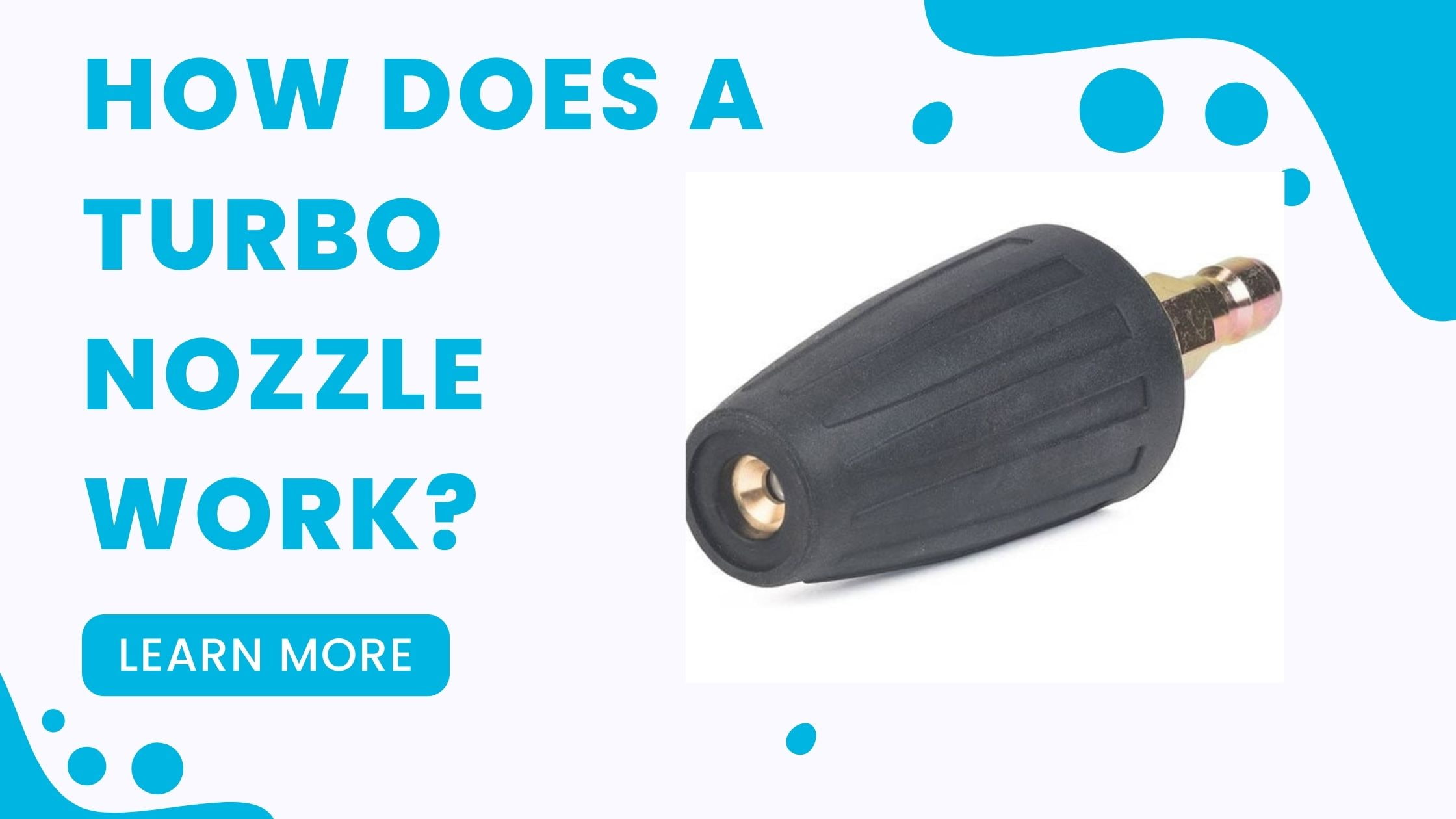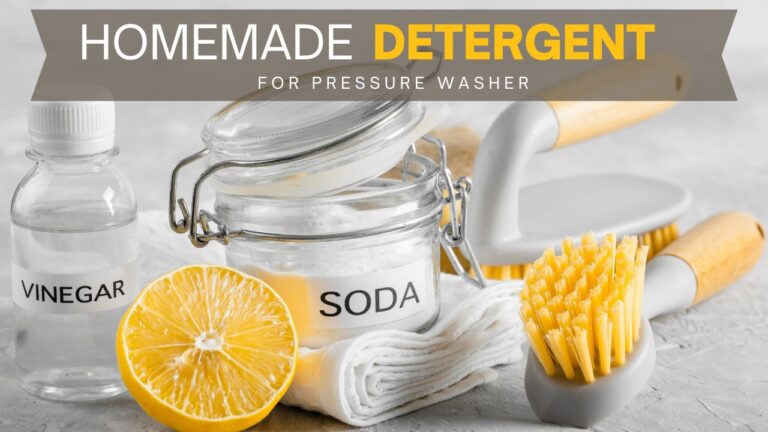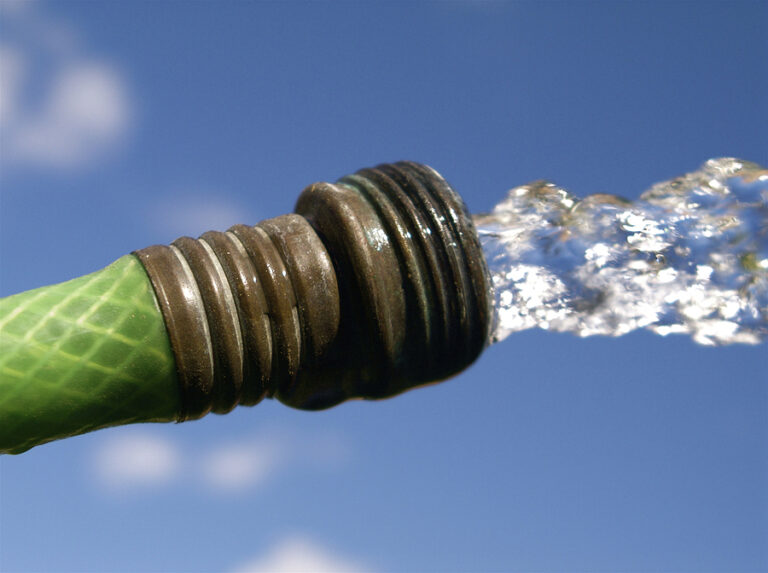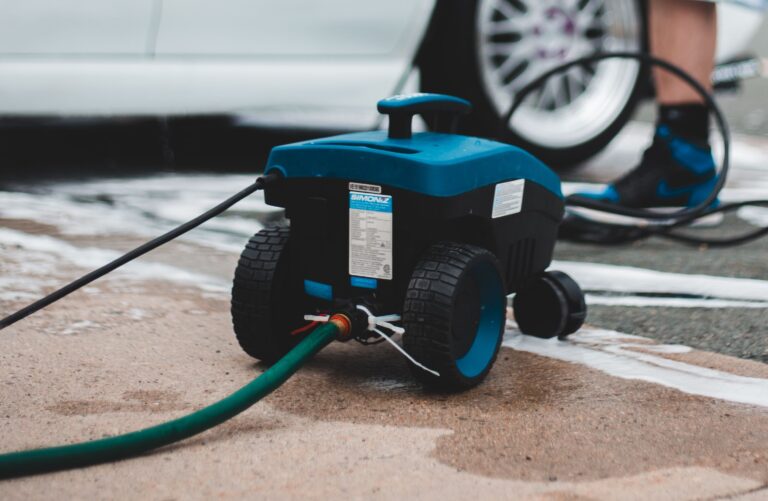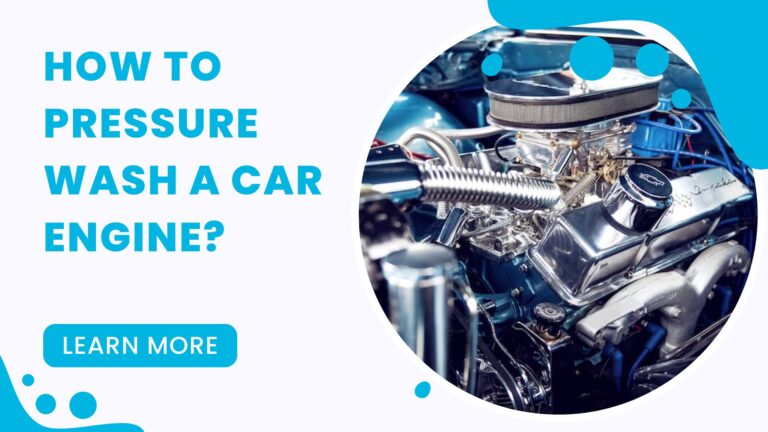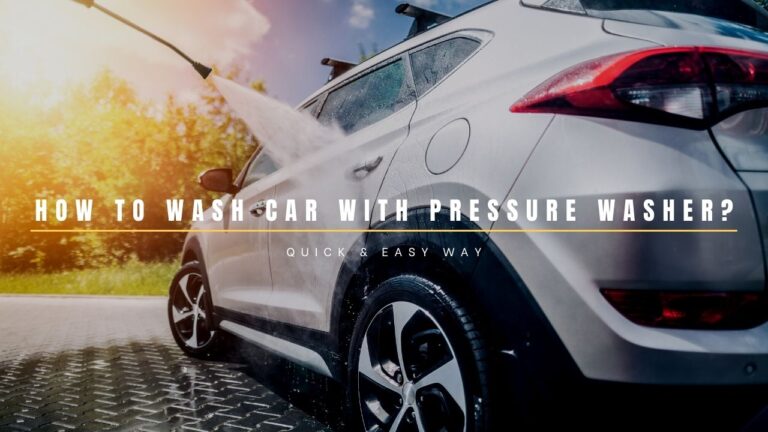How Does A Turbo Nozzle Work?
Turbo nozzles, sometimes known as rotating pressure washer nozzles, are ideal for cleaning stubborn stains and hard-to-reach areas. But wait, isn’t that what a high-pressure nozzle such as a 0° or 15° spray tip is supposed to do?
It enhances the power of high-pressure nozzles and makes cleaning more efficient. How? And does it? Read on to find out.
You will also learn how to pick the perfect rotary turbo nozzle for your specific usage (no matter commercial or domestic).
How Is A Turbo Nozzle Better Than A Typical High-Pressure Nozzle?
How Does A Variable Nozzle Turbo Work?
It rotates the nozzle tip, allowing you to cover larger areas while effortlessly cleaning caked-on mud and stubborn stains.
You can hit the cleaning area from multiple angles with the nozzle spinning in a 4-8-inch circle at around 3000 RPMs (rotations per minute). This will help you cut down pressure washing time by more than half.
How to Pick the Perfect Rotary Turbo Nozzle?
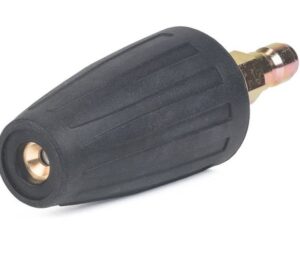
Picking the right rotary turbo nozzle is important; after all, they are meant to utilize the highest pressure possible – making pressure washing more efficient, effortless, and faster. They can combine the power of spray tips with the power of turbo, but it is not as easy as it sounds.
They connect to the pressure washer lance (or gun) using specific connections; therefore, they cannot be connected to any water source, such as a garden hose.
Furthermore, if you choose an incorrect turbo nozzle, you can risk breakage or damage to the pressure washer pump. Some tips for correct usage will come ahead. For now, let’s address some factors in picking the perfect rotary turbo nozzle:
Factors To Consider
There are some factors to consider to size the turbo nozzle, most of which concern the GPM (gallons per minute) and PSI requirements. Here are some factors that are influenced by GPM and PSI. and a few others to be considered to choose the rotary nozzle.
Orifice Size:
The wider the opening at the end of the water stream, the lower will be the pressure – the wider the orifice, the lower the water pressure.
Angle Of The Nozzle:
Pressure washing in tighter hard-to-reach spaces will require adjustable nozzles.
Temperature Ratings:
Hot water pressure washers require a higher flow rate than cold water units to perform correctly. Hence, a nozzle with a wider orifice size.
Connection:
Considering how the nozzle will attach to the pressure washer is also important. A 1/4’’ male Inflow Coupler is typically used (not always the case).
Turbo Nozzle Sizes
Here’s a Turbo Nozzle Chart to help you properly size your turbo nozzles. To summarize the coming chart in a few words: the orifice size will decrease if you need higher pressures.
As there would be a lesser area for water to escape through, it will try to move faster through the tinier opening (according to the law of conservation of momentum).
However, don’t make the mistake of choosing a too narrower orifice with the hopes of achieving much greater pressure. Although the pressure would rise, it can be too much for the orifice and might cause irreparable damage.
Therefore, consult this turbo nozzle chart to pick the appropriate component for your pressure washer.
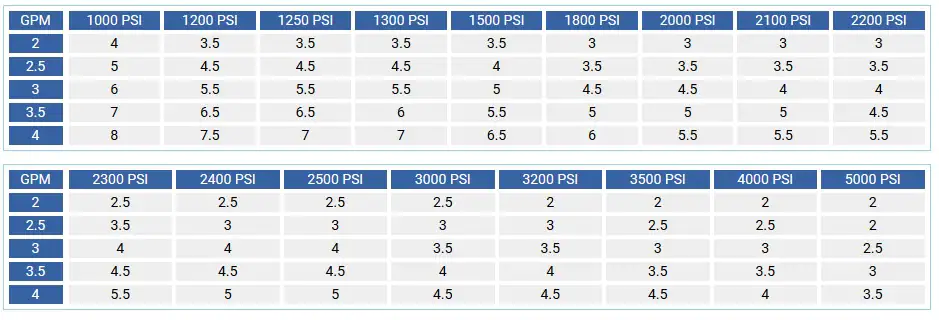
Here are quick tips to read the chart:
See the PSI in the leftmost column.
See the GPM on the top row.
A 1200 PSI pressure washer with 2 GPM flow would require a 3.5 orifice size.
Most consumer-grade pressure washers put out 2000-2500 PSI with 2-3.5 GPM; for example, a 2400 PSI pressure washer with 2 GPM would require 2.5 orifice size.
How To Prevent Breakage Of Your Turbo Nozzle
As constricting the flow drives the pressure higher, you might think the same 2.5 orifice size designed for 2400 PSI would work fine with a professional-grade pressure washer with 5000 PSI. However, that’s not so – you will need a much thicker turbo nozzle to withstand more than two times the pressure. Otherwise, you might risk damaging the internal ceramic parts of the nozzle.
FAQs
What do turbo nozzles do?
Turbo nozzles help clean better, faster, and more efficiently. With turbo nozzles, you can utilize your high-pressure nozzles to cover large areas quickly. That’s not all, as they also help you reach hard-to-reach areas or get into smaller angles within crevices.
How does a turbo nozzle work on a pressure washer?
The turbo nozzles rotate the nozzle tip – with these, you can combine the power of spray tips with turbo. In a pressure washer, these nozzles spin at around 3000 RPMs, allowing you to hit caked-on mud and stubborn stains from different angles. This is particularly helpful when you have to pressure wash in hard-to-reach areas. You can also cover larger areas quickly with these, reducing your cleaning times by more than half.
What is inside a turbo nozzle?
Turbo nozzles can be made from alloys of different elements, such as aluminum, brass, ceramic, plastic, and stainless steel. These elements are used in building components, including orifice, nozzle housing, rotor, bearings, and gears.
Are turbo nozzles good?
Yes, turbo nozzles are widely considered highly effective and useful accessories for pressure washers (which is rightly so). They rotate, adding a pulsating effect that enhances the cleaning power, making it easier to remove tough dirt, grime, and stains. They can also help you cover large areas quicker, improving time and energy efficiency.
How do I choose a turbo nozzle?
To choose a turbo nozzle, you must consult the turbo nozzle chart to get an idea of a suitable orifice size. Generally, the orifice size will mostly reduce if you require higher pressures. Other factors to consider are pressure washer compatibility, material and durability, reviews, and budget.
What is the PSI rating for a turbo nozzle?
The PSI rating of a turbo nozzle means the maximum pressure that the nozzle can handle. Common PSI ratings of turbo nozzles range from 2,000 PSI to 5,000 PSI (or sometimes higher). It’s important to match the PSI rating of the turbo nozzle with the PSI rating of your pressure washer to ensure compatibility while maintaining safe operation.
Does turbo nozzle increase pressure?
A turbo nozzle concentrates the water flow into a more powerful and efficient spray pattern. While the pressure remains constant, the rotating action creates a pulsating effect that increases the cleaning power of the spray.
How do I choose a pressure washer tip?
Pressure washer tips come with various spray angles. Here’s how you can choose a suitable pressure washer tip depending on your usage:
Red (0°) – very high power, suitable for stripping paint and tough stains on durable surfaces.
Yellow (15°) – high power, suitable for concrete and pavement cleaning.
Green (25°) – medium power, suitable for general-purpose cleanings such as washing vehicles, fences, or siding.
White (40°) – low power, suitable for delicate surfaces such as windows, decks, or sidings.
Black (65°) – very low power, suitable for applying detergents and cleaning solutions.
Final Thoughts & Some Tips For Safe Usage
Turbo nozzles are a great way of maximizing the potential of pressure washers. However, some safe usage tips should never be ignored. For example, you shouldn’t run your pressure washer without pulling the trigger – this can cause damage to your pump or cause overheating.
The pumps usually have a pressure relief valve to release excess pressure, but that’s like wasting useful power and unnecessarily stressing your machine components.
One other safe usage tip, which is very important, is to size the turbo nozzles properly. If you size them incorrectly, you risk cracking the internal ceramic core and rendering it useless.
A few other factors can damage your pressure washer; these can be as simple as using mild to hot water instead of cold water. You can learn more about these common mistakes by signing up and receiving an exclusive guide in your inbox.

